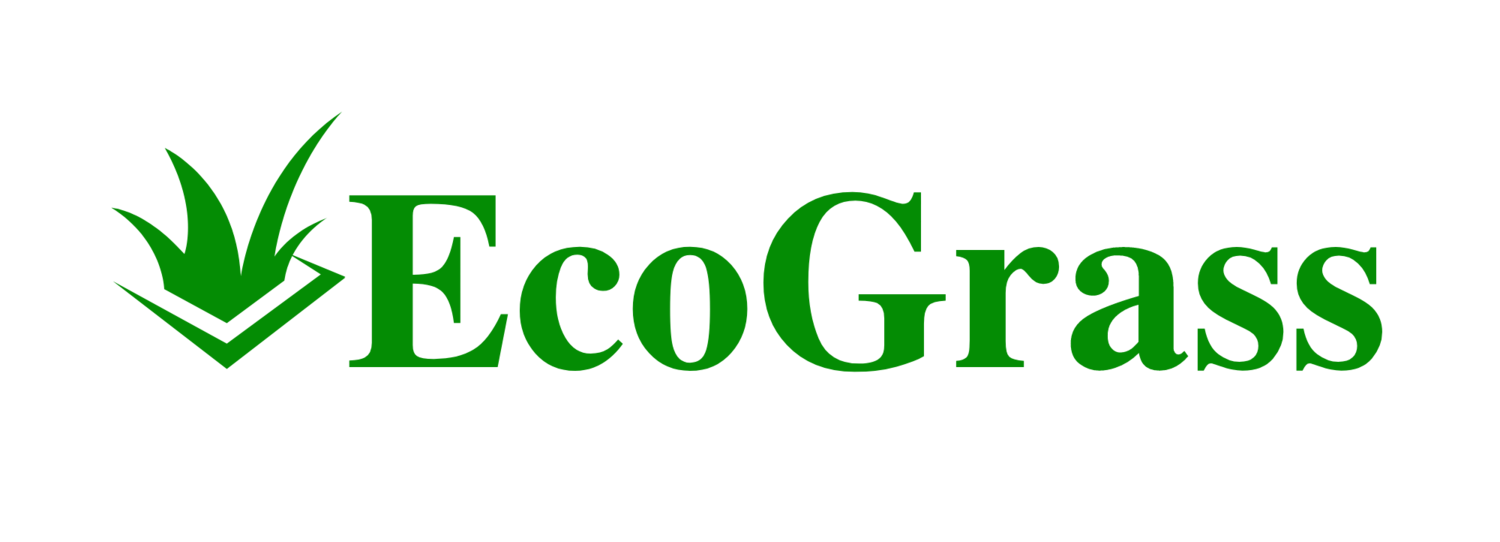When considering the practicality and durability of synthetic grass and artificial turf, a common question arises: can it get wet? Synthetic grass, used widely in landscaping and other applications, is designed to stand up to moisture. It can indeed get wet, as it is crafted to handle rain and other elements effectively, featuring excellent drainage capabilities. This characteristic makes it an appealing choice for various outdoor settings, as it ensures that water does not pool on the surface.
The manufacturing process of artificial turf involves creating a product that mimics the natural appearance of grass while offering durability. Its construction includes materials and technologies that allow water to pass through, preventing issues like slipperiness and waterlogging. Whether you're considering artificial turf for your backyard or a large sports field, understanding its response to water is crucial for ensuring lasting performance.
Using artificial turf or synthetic grass can enhance your outdoor space with minimal maintenance. As a manufactured product, it eliminates concerns typically associated with natural grass, such as excessive mud or uneven wear, particularly during wet conditions. Whether for aesthetic landscaping or practical sports surfaces, artificial turf provides a resilient and reliable option that thrives in both dry and wet situations.
Structural Components of Turf That Influence Water Resistance
The water resistance of synthetic turf is greatly affected by its structural components. Key elements such as infill types and backing materials play a critical role in how efficiently water is drained from the surface.
Infill and Its Role in Turf Drainage
Infill materials are crucial for the drainage capability of modern synthetic turf. Commonly used infill materials include silica sand and rubber granules. The choice of infill impacts how water drains through the turf.
Silica sand provides excellent stability, and its granular nature helps facilitate the movement of water. Rubber granules offer shock absorption but might slow down drainage compared to sand. The combination of these materials can be optimized to balance water resistance and surface performance.
Backing Material and Its Permeability
The backing material is another significant factor that determines water resistance. Most backing materials are made from polyethylene or polypropylene, offering various levels of permeability. A common choice is perforated backing, allowing water to pass through and reach the drainage systems underneath.
Perforations increase water flow rates, preventing water accumulation on the surface. The permeability of the backing layer directly influences how quickly the water is removed, which in turn affects the turf's usability following rainfall.
Maintaining Turf to Prevent Water-Related Issues
To ensure turf remains in optimal condition, it is crucial to focus on effective drainage, adjust maintenance practices according to seasonal weather changes, and maintain cleanliness for safety and performance.
Effective Drainage Systems for Turf Longevity
Proper drainage is vital to prevent water accumulation on turf, which can lead to damage and increased maintenance costs. Implementing a permeable base, such as compacted gravel or coarse sand, enhances water flow and prevents pooling. This is especially important in municipal applications where heavy rainfall can be frequent.
Constructing slopes on the edges of the area assists with water runoff. For artificial grass or fake grass installations, ensure the base allows for sufficient drainage to avoid flooding. A well-planned drainage system helps extend the lifespan of your turf and maintains its quality.
Seasonal Maintenance for Weather Challenges
Weather conditions greatly impact the maintenance needs of turf. During rainy seasons, minimizing traffic on wet turf is essential to avoid compaction and damage. In colder climates where snow is common, use a plastic shovel or turf rake for snow removal to prevent tearing of faux grass fibers.
Additionally, aerifying the soil after heavy rainfall helps with proper drainage and encourages healthy growth. For areas that experience snow, ensuring your turf can withstand snow and provides traction is essential for safety.
Regular Cleaning Procedures to Ensure Safety and Traction
Maintaining turf cleanliness not only enhances its appearance but also prevents it from becoming slippery when wet. Regularly use a turf cleaner to remove debris and prevent the build-up of algae or moss, which can compromise safety and traction.
In high-traffic areas, periodic rinsing with water can help remove dirt and organic materials. It is crucial to ensure artificial grass remains free of contaminants to prevent drainage problems and maintain a consistent level of performance throughout various weather conditions. Prioritizing regular cleaning enhances both the functional and aesthetic qualities of the turf.

